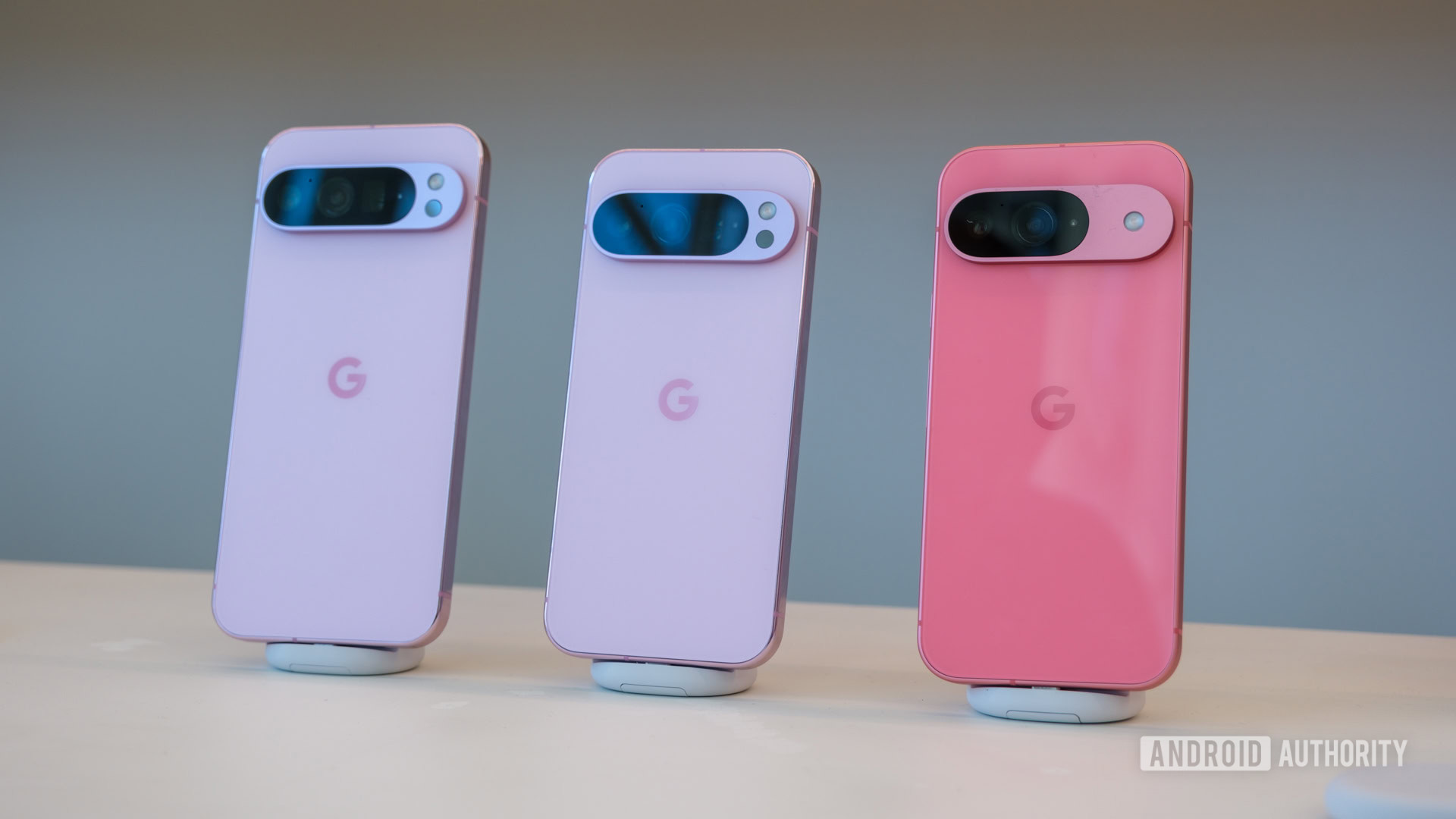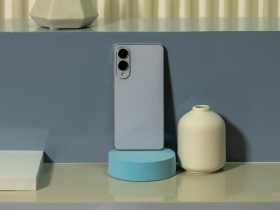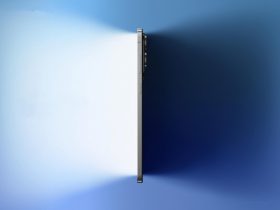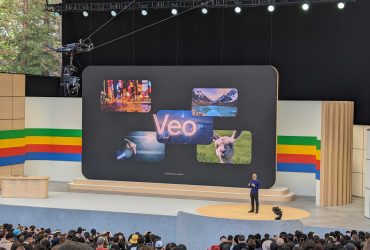Sorry Google, A Zoom Lens Won’t Convince Me To Buy The Pixel 10 Over The 9a

Robert Triggs / Android Authority
Google’s Pixel series has staked a lot on its photography reputation, and the upcoming Pixel 10 Pro models seem to say: “We’re happy with what we have.” According to our latest exclusive look at the upcoming phones, the Pixel 10 Pro and Pro XL use the same hardware as their predecessors. Still, there is something new in store for prospective Pixel 10 buyers: a new telephoto zoom camera — a first for the entry-level flagship.
While the Pixel 10’s three sensors might appear like a considerable upgrade at first glance, Google is downgrading the main and ultrawide cameras to use the same components found in the budget Pixel 9a. In a sense, you can think of the Pixel 10’s camera setup as the Pixel 9a with a zoom lens attached rather than a smaller version of the Pixel 10 Pro. These thinner and smaller modules might make room for that new lens and/or help keep costs in check, but there are bound to be negative repercussions for image quality — and that’s set my alarm bells ringing.
As I’m sure you’re aware, big sensors with big pixels aid with light capture, which is the key ingredient of taking good pictures, even with Google’s fancy HDR algorithms. Moving from 50MP 1/1.31-inch to 50MP 1/1.95-inch on the main sensor results in much smaller individual pixels for light capture and sharpness. The change to the ultrawide sensor, which drops from 1/2.55-inch to 1/3.1-inch, isn’t so drastic, but the loss of the f/1.7 aperture (now f/2.2) will compound the loss of light capture on a camera that was already pretty dubious in its fine details. It’s worth remembering that these ultrawide specs have been kicking about since 2023’s Pixel 7a — hardly a cutting-edge piece of kit for a 2025 flagship.
Downgrades, even hard to notice ones, sound the alarm even for the Pixel.
The Pixel 10’s purported new camera array is a compromise; what Google gives with new zoom capabilities it takes away from the primary and ultrawide sensors. Undoubtedly, there’ll be some utility in the new telephoto lens; I find myself constantly zooming in for portraits and longer-range snaps, no matter which phone is currently in my pocket. The lack of zoom was a minor gripe of mine when I reviewed the Pixel 9, especially in light of the Samsung Galaxy S25, Galaxy S24 FE, and other even more affordable phones offering at least a little extra distance for similar or cheaper prices. Just take a look at this 3x zoom crop I took towards the end of last year to see the gap Google is attempting to bridge.
Flagship phones ideally need a telephoto camera these days, so I really want to like what Google has planned for the Pixel 10. In isolation, I agree with my colleague that it’s probably the right call for added zoom flexibility, even with the other camera downgrades. And yet, I’m having difficulty convincing myself that it’ll make the Pixel 10 a better buy.
For example, the small telephoto in the Pixel 9 Pro Fold, the same sensor heading for the Pixel 10, is a clear downgrade from its other Pro counterparts. The difference in fine details is noticeable enough that I wouldn’t recommend that really serious photography enthusiasts pay for the overly pricey Fold. Of course, we’re talking a lot less money for the Pixel 10, but will a so-so telephoto really make all that much difference in the example above? Worse, the other downgrades will draw inevitable comparisons with Google’s existing products, which isn’t exactly how you want to kickstart a launch.
The Pixel 10’s photography problem is not only that the phone will trade down quality versus the Pro models across not one but all three of the lenses, but its other two cameras will also be worse (even if only slightly) than last year’s Pixel 9. It would have been one thing for the Pixel 10 to have an inferior telephoto to the Pros; that would have been a fair compromise, but downgrading the other two lenses, too, makes the Pixel 10 Pro (and last year’s 9 Pro, to be honest) much more attractive for the serious photographer. Take a look at the details (or lack of) from the Pixel 9’s ultrawide sensor in the overcast shots below. The Pixel 10 will almost certainly be even worse with its move to a smaller sensor and narrower aperture.
I would have been far more sated if Google had stuck with a dual camera configuration, swapping out the ultrawide for a telephoto. The ultrawide quality is pretty questionable anyway, and 23mm from the primary lens is more than wide enough 99% of the time. Plus, the cost savings might have allowed Google to keep a larger set of sensors for both, resulting in better pictures all around. An opportunity to reset the dual-camera standard has been missed.
Dropping the ultrawide and sticking with two cameras could have been a game changer.
At least as far as photography is concerned, the Pixel 10 series looks set to be split like never before, with the Pixel 10 appearing as more of an upgrade over the budget Pixel 9a than a slightly cut-down version of the pricier Pro models, as it’s been in years gone by. I don’t like that change, especially when the Pixel 10 will cost $799, if not more, against the Pixel 9a’s $499. It’s worth remembering that Google’s entry-level flagship has gone from $599 to $799 in just three years and, with it, raised expectations.

Ryan Haines / Android Authority
Of course, the Pixel 10 will have more things going for it than just the new telephoto lens. Additions like the Tensor G5 processor, a new 5G modem, and some of the latest software features could well convince me (and you) that the phone still offers enough extra to make it worth the jump up from the Pixel 9a. The Pixel 10’s design still looks like the more expensive Pro models, too, which I prefer over the cheaper appearance of the 9a.
More importantly for Google’s unique selling point, the Pixel 10 will ship with more RAM than the 9a, making it a more powerful showcase for the company’s latest AI smarts. The Pixel 9a can only run the extra-small version of Gemini Nano, which limits it to text-based AI functionality, while the Pixel 10 will have the latest audio and imaging bells and whistles. If you’re looking for more of the best Google AI tools, the Pixel 10 will be the better buy. However, customers who want the best of Google’s AI capabilities should again probably stump up a little more for the Pixel 10 Pro. It will no doubt have yet more RAM, meaning it’s even more responsive when running Gemini Nano, and will surely have access to exclusive Pro-tier features like Video Boost and be higher up the pecking order for the latest Feature Drops, just as previous Pro models have been.
The Pixel 10 will have the AI and performance edge over the 9a, but is that enough?
It’s this chasm between the regular and Pro flagship Pixels that’s really the cause of my dilemma. If the Pixel 10 ends up with Pro-level software features but specs that are a bit closer to the 9a, that would be one thing. But it won’t; it appears to have some of Google’s top-tier flagship specs but seems unlikely to dine at the software top table. Yes, its price will sit bang smack in the middle of the A and Pro options, which is fair enough, but I’m still finding it difficult to see who I will recommend the middle tier of Google’s portfolio to. It’s not the budget-conscious, it’s not the AI aficionados, and it’s now not picky photographers either.
There’s always been some awkward stepping on toes with Google’s recent flagship and A-series lineups, but this year’s launch doesn’t appear to have solved this conundrum. Perhaps the Pixel 10 is simply the best phone Google can build to compete with Apple and Samsung at the $799 point, but those two brands offer AI feature parity across their flagship models, not to mention have a considerable performance advantage to boot. Maybe Google will surprise us with far more shared features across the Pixel 10 and 10 Pro models, but I won’t hold my breath. In any case, the Pixel 10 looks like it will still suit those who want a bit of everything Google does really well, even if it’s not quite cutting-edge.
I think that’s fine, but I don’t want the Pixel 10 to be fine; I want it to be brilliant. Unfortunately, it’s hard to think of any product as top-class when it makes downgrades (even small ones) compared to its predecessor, however unfair that may seem. I can see myself rewording my Pixel 9 review when the 10 eventually falls in my lap: If you don’t care about Gemini, there’s probably not enough hardware here to justify the price tag, so buy the Pixel 9a instead. A new telephoto lens at the expense of budget-tier primary and ultrawide cameras is unlikely to convince me otherwise.
What’s your reaction?
Love0
Sad0
Happy0
Sleepy0
Angry0
Dead0
Wink0









Leave a Reply
View Comments